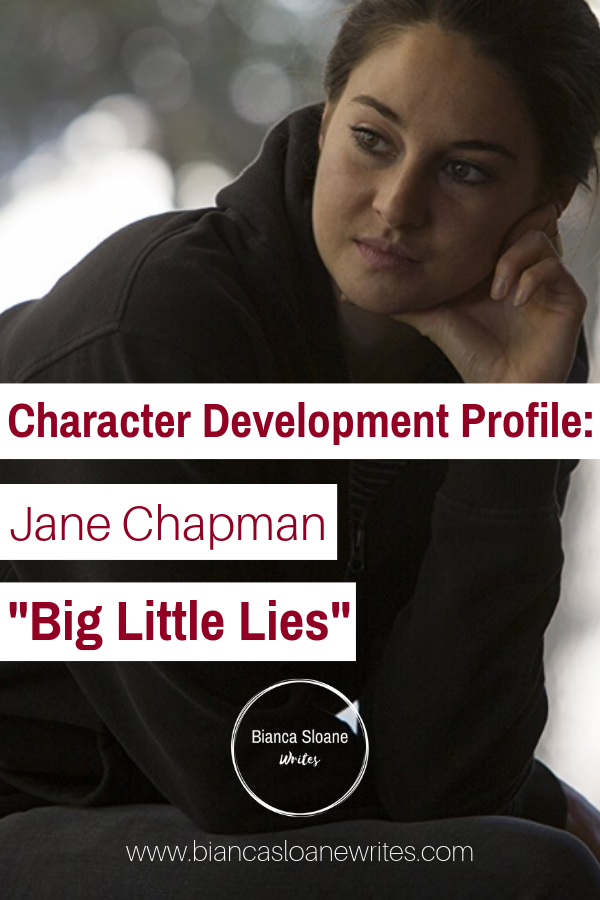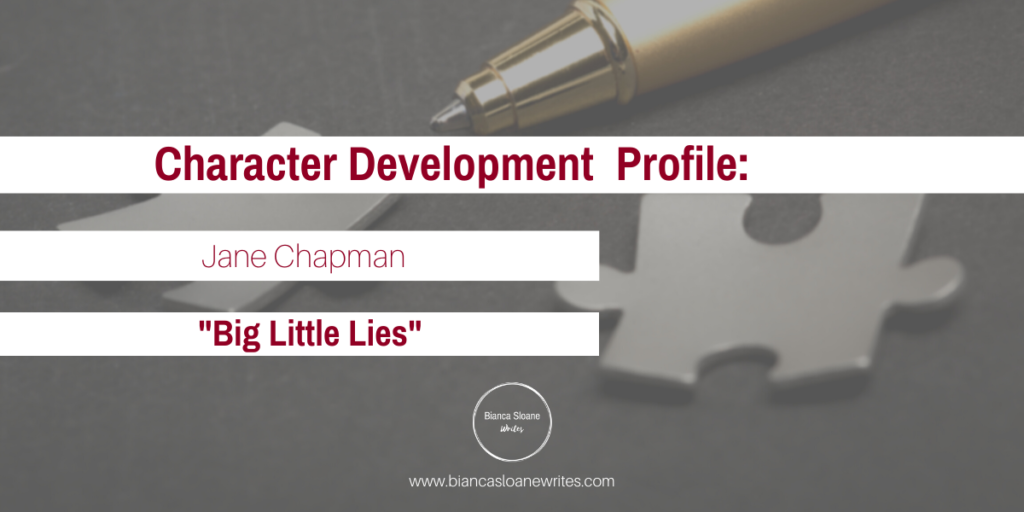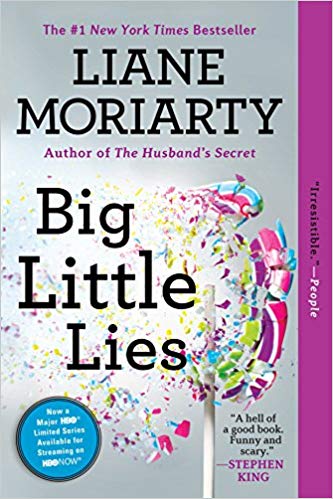The Foundations of Fiction: Character Development Profile – Jane Chapman, “Big Little Lies”
As writers, part of our mandate is to develop strong, multidimensional characters. Studying traits of other characters can provide inspiration and ideas in the development of our own creations.
Today, we’re shining a light on Jane Chapman from “Big Little Lies,” by Liane Moriarty.
Name: Jane Chapman
Occupation: Freelance bookeeper
Current Residence: Pirriwee Beach, a fictional Australian suburb.
Marital Status: Single
Age: 24
Allies: Celeste Wright, Madeline McKenzie, Tom O’ Brien, manager of Blue Blues café.
Enemies/Antagonists: Renata Klein, Harper (fellow mom).
Children: Son, Ziggy

Appearance: Jane epitomizes “Plain Jane” in every sense. She’s painfully thin and pasty white, prone to drab, colorless clothing that hides her figure. Her mother, Di, tells Madeline Jane used to be, “quite voluptuous.” Jane rarely eats because she’s afraid to gain weight. Her standard uniform seems to be flip flops or flats, denim skirts and plain white V-necked T-shirts, leading Madeline to wonder if she owns any other type of shirt.
She wears no makeup or jewelry and keeps her brown hair, “scraped back painfully hard from the forehead, like she was in the military or the police force.” Celeste observes, “There was something naked and raw about Jane’s face, like it had just been scrubbed too hard.”
At twenty-four, Jane is one of the youngest moms with a child at Pirriwee Public and is often mistaken for a nanny or au pair, while Madeline’s husband, Ed, comments that Jane looks twelve to him. Though she is younger than the other moms, her demeanor is old-fashioned, more like someone at least twice her age. She has a stiff, strained way of sitting, indicating she doesn’t feel comfortable in her own skin.
Accent: Australian
Drink of Choice: Coffee.
Quotable Quotes:
“She tried to make it a whimsical story, as if she were indeed a whimsical girl.”
*****************************************************************
Ed: “I just recognize damaged girls. I used to date them. I can spot a crazy chick a mile off.”
******************************************************************
(After taking her mother’s advice to be friends with other mothers via a social meeting group.)
“Jane had tried that with Mothers Group and failed. She couldn’t relate to those bright, chatty women and their bubbly conversations about husband’s who weren’t stepping up and renovations that weren’t finished . . .”
****************************************************************

Overview: Quiet, mild-mannered Jane moves to Pirriwee Beach on a whim with her five-year-old son, Ziggy. She comes to Madelaine’s rescue after she twists her ankle after throwing a phone out of a window. She’s awed by Madelaine’s glamour, something she herself doesn’t possess, and can’t genuinely believe someone like Madeleine would want to be her friend. Jane just wants to fade into the woodwork and throw all her efforts into being a good mom to Ziggy.
What no one knows is that Ziggy is the product of a brutal rape. The trauma of her rape informs every one of Jane’s actions – even her impulsive move to Pirriwee Beach. A makeover and new romance toward the end of the book infuse Jane with a much-needed shot of confidence.
Strengths: Former law school student Jane is analytical and organized, making her a great bookkeeper (probably also why she loves jigsaw puzzles.) Jane is empathetic and helpful, being the only person to come to Madeline’s rescue when she twists her ankle the morning of school drop-off. She is devoted to her son, Ziggy, but worries what the impact of the lack of a nuclear family will have on him long-term.
After Ziggy is accused of bullying another student, in an attempt to become a part of the school community and help her son, volunteers at the school. She enjoys baking, often supplying Madeline with muffins (who gobbles them down). Jane is so worried about Ziggy inheriting his biological father’s violent streak, she takes him to see a child psychologist. She considers leaving Pirriwee Beach, one in a long line of temporary residences, but realizes she’s made a life there. She’s close with her parents and brother. Jane’s “shy, dry humor,” remind Madeline of her daughter, Abigail.
Vulnerabilities/Tics/Quirks/Flaws: After her rapist called her fat and told her she bad breath, Jane lost a massive amount of weight and became a compulsive gum-chewer. She’s prickly and quiet and has trouble making friends, which is why striking up friendships with the “older, wealthier, more sophisticated,” Madeline and Celeste leave her a bit awestruck.
She’s awkward and uncomfortable and finds it hard to be carefree in her interactions with other women in particular. She lacks confidence in her appearance, hence why she’s so drab. She’s so repressed, so traumatized by her rape, her emotions spill out in uncharacteristic fits of rage, such as when she kicks Renata, or when Ziggy presses her to name his father for a school project.

Takeaways:
- Jane is kind, quiet, and caring. She’s a good friend and a great mom.
- The lingering trauma of her assault colors everything Jane does – sometimes to her detriment.
- Jane’s transformation toward the end of the book give the reader hope she will springboard into a new, brighter life.
Hints for Character Development:
Backstory is always important for a character. Who they are, where they come from, their experiences, all play a critical role in who they are today.
Trauma in particular can mold a character, from their appearance to their interactions with others. Has your character experienced physical or psychological wounds in their past? How do those wounds impact them in the present day?
Jane used physical transformation to shake off the shackles of her trauma. The impact of a stylish new haircut and change of clothes helped her feel lighter and happier than she has in years. What are potential routes (good and bad) your character can take to deal with their trauma? How do these roads either move your character forward or set them back? Use these routes to explore the possibilities for character growth.



